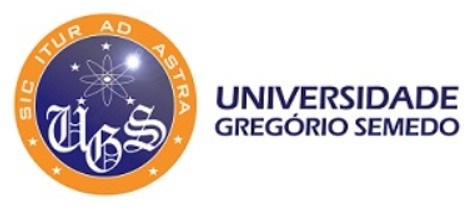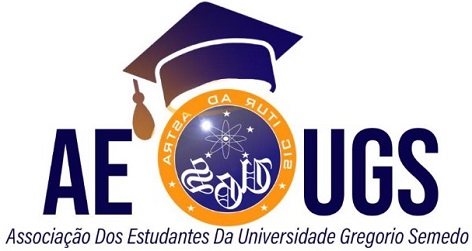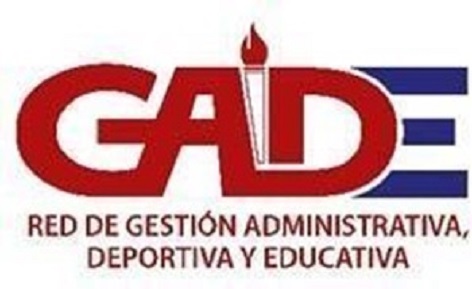Section Policies
The Gregório Semedo: Science and Development journal accepts submissions of articles in three different categories: Original Article, which presents original research; Review Article, which synthesizes and critically analyzes existing literature; and Editorial, which reflects opinions or analyses of relevant topics.
LEADING ARTICLE
This is a text intended to present the vision, opinion, or analysis of a current and relevant topic for the journal, usually written by members of the editorial team or an invited expert. It does not follow the formal structure of scientific research and may contain few or no references.
Scientific Editorials: Represent a rigorous update or an interesting clarification on a specific topic.
Opinion Editorials: Gather socio-scientific viewpoints or positions of the author on a topic of common interest to researchers and education professionals.
They will have a maximum length of 4 pages and may include up to 4 figures or tables.
ORIGINAL ARTICLES
Presents results of original research conducted by the author(s). It reports scientific findings based on experiments, field studies, or data analysis. It includes a detailed methodology, results, discussion, and conclusions.
The original manuscript must be written in Microsoft Word, in Verdana 10 font, with 1.5 line spacing, 2.5 cm margins, and without indents, tabulations, or any other design attributes. Each page should have between 28 and 30 lines.
The manuscript will have a maximum of 20 pages, including the bibliography and appendices (if necessary), and a minimum of 10 pages excluding the bibliography and appendices, which will be added at the end.
The original article should follow the commonly used format for publishing research results: Introduction, Materials and Methods, Results, and Discussion (each of these sections should be written separately, headed by the corresponding name without numbering, e.g., Introduction).
Up to 6 figures and tables are allowed, with a minimum of 10 and a maximum of 15 bibliographic references.
Consult the Uniformity Requirements for Manuscript Submissions
REVIEW ARTICLES
Offers an overview of existing research, identifying patterns, gaps, and future directions. It does not present original research but synthesizes data from other studies.
These are fundamentally systematizations of visible scientific journals or other publications in various formats, presenting a critical analysis based on an exhaustive review of what has been published on a topic. The theoretical positions of those who have studied the topic are discussed and substantiated, updating them with new knowledge and/or the author's empirical experiences and contributing ideas or positions to the state of the art.
They are written following the structure of introduction, development, and conclusions, although the abstract must include (Introduction, Materials and Methods, Results, and Conclusions).
Up to 6 figures and tables are allowed, with a minimum of 25 and a maximum of 40 bibliographic references.




